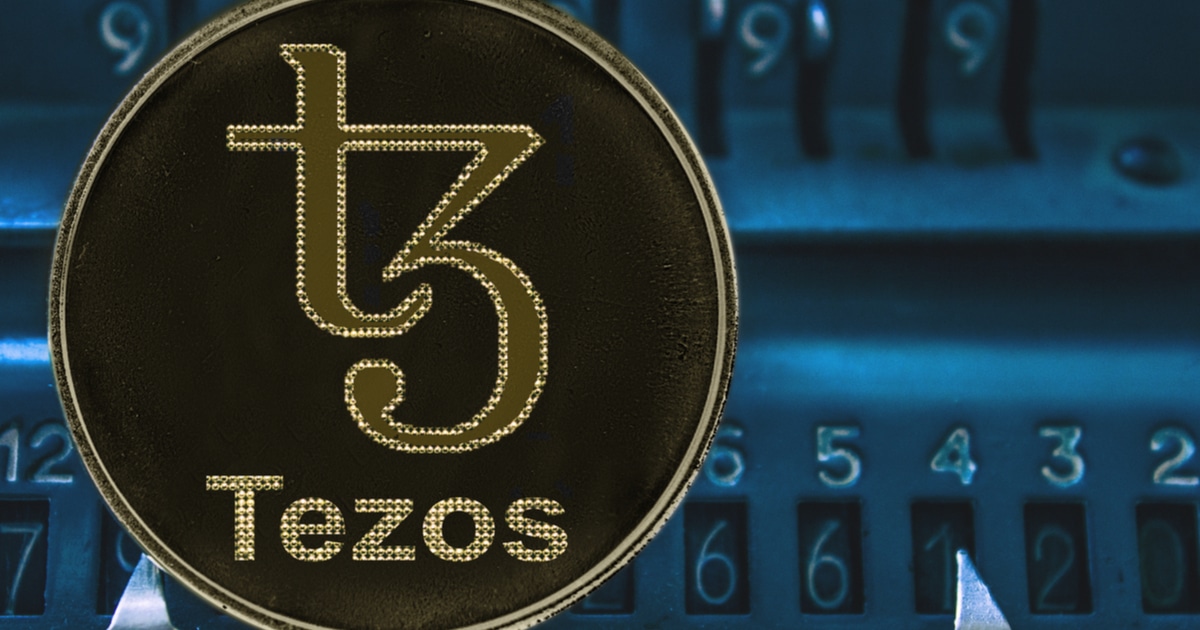National GIF Day: Celebrating 37 Years of Digital Art and Expression
Terrill Dicki Sep 06, 2024 03:56
Explore the journey of GIFs from simple files to dynamic art forms and their impact on online culture over the past 37 years.

In celebration of National GIF Day, the spotlight is on the transformative history of the Graphics Interchange Format (GIF), which has been a cornerstone of digital art and online expression for 37 years. Initially developed in 1987 by Steve Wilhite at CompuServe, the format revolutionized the way visuals were shared online.
The Birth of a Format
Steve Wilhite created the GIF to facilitate the sharing of still images in a compressed format. However, it was the introduction of looping animated GIFs by Netscape 2.0 in 1995 that truly set the stage for the GIF to become a new storytelling medium, capturing the imagination of internet users worldwide.
A Brush with Obsolescence
The late 1990s posed a significant challenge for GIFs due to the patenting of the image compression algorithm, which led to royalty enforcement. Developers, in response, created alternative formats like PNG to avoid legal issues. The movement reached its peak with the “Burn All GIFs” day in 1999, urging users to delete their GIF files. Despite this, the unique support for animated images allowed GIFs to persist.
The Rise of GIF Art
The potential of GIFs as an artistic medium became evident with early viral sensations like the “Dancing Baby” GIF in 1996. Artists began exploring GIFs beyond entertainment. The artist collective MTAA published the “Simple Net Art Diagram” in 1997, a piece that has since been widely remixed and reinterpreted.
Throughout the late 1990s, digital art pioneers like Deidre LaCarte and organizations like Rhizome further cemented the GIF’s role in digital art. Net artists such as Olia Lialina, Tom Moody, and Cory Arcangel also gained recognition for their innovative use of the format.
GIFs: Survival and Revival
The early 2000s brought new challenges with the advent of Flash animation and video-sharing tools. However, the expiration of the GIF patent in 2004 and the rise of social media and smartphones led to a resurgence in their popularity. Platforms like GIPHY, which boasts over 1 billion daily users, have further entrenched the GIF in internet culture.
GIFs in the Art World
Though GIFs have not always received formal recognition, their impact on the art world is significant. Notable exhibitions, such as Rhizome’s 2006 GIF show in San Francisco and Lorna Mills’ 2013 exhibition at the Art Gallery of Ontario, highlight the artistic value of GIFs. More recent exhibitions like the “Refreshing the Loop” at the Museum of Moving Image NYC continue to showcase contemporary GIF artists.
GIFs on Tezos
The Tezos blockchain has become a vibrant hub for GIF art, integrating NFTs and providing new avenues for artists to distribute and monetize their work. Artists like Nicolas Sassoon, Elna Frederick, and Sara Ludy, who have been experimenting with GIFs for decades, are now prominent figures in the Web3 art space.
Projects like GifGallery and objkt have created marketplaces for over 300,000 GIFs, ensuring the medium’s continued evolution and relevance. The fusion of GIFs with blockchain technology has opened up unprecedented opportunities for creativity and recognition.
As National GIF Day is celebrated, the Tezos ecosystem proudly honors the GIF’s 37-year journey, underscoring its lasting impact on digital culture and artistic expression.
For more information, visit the original article on Tezos Spotlight.
Image source: Shutterstock.jpg)